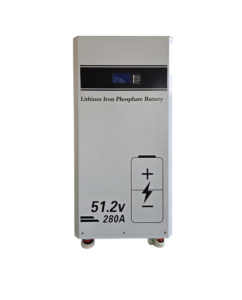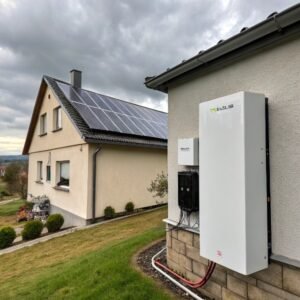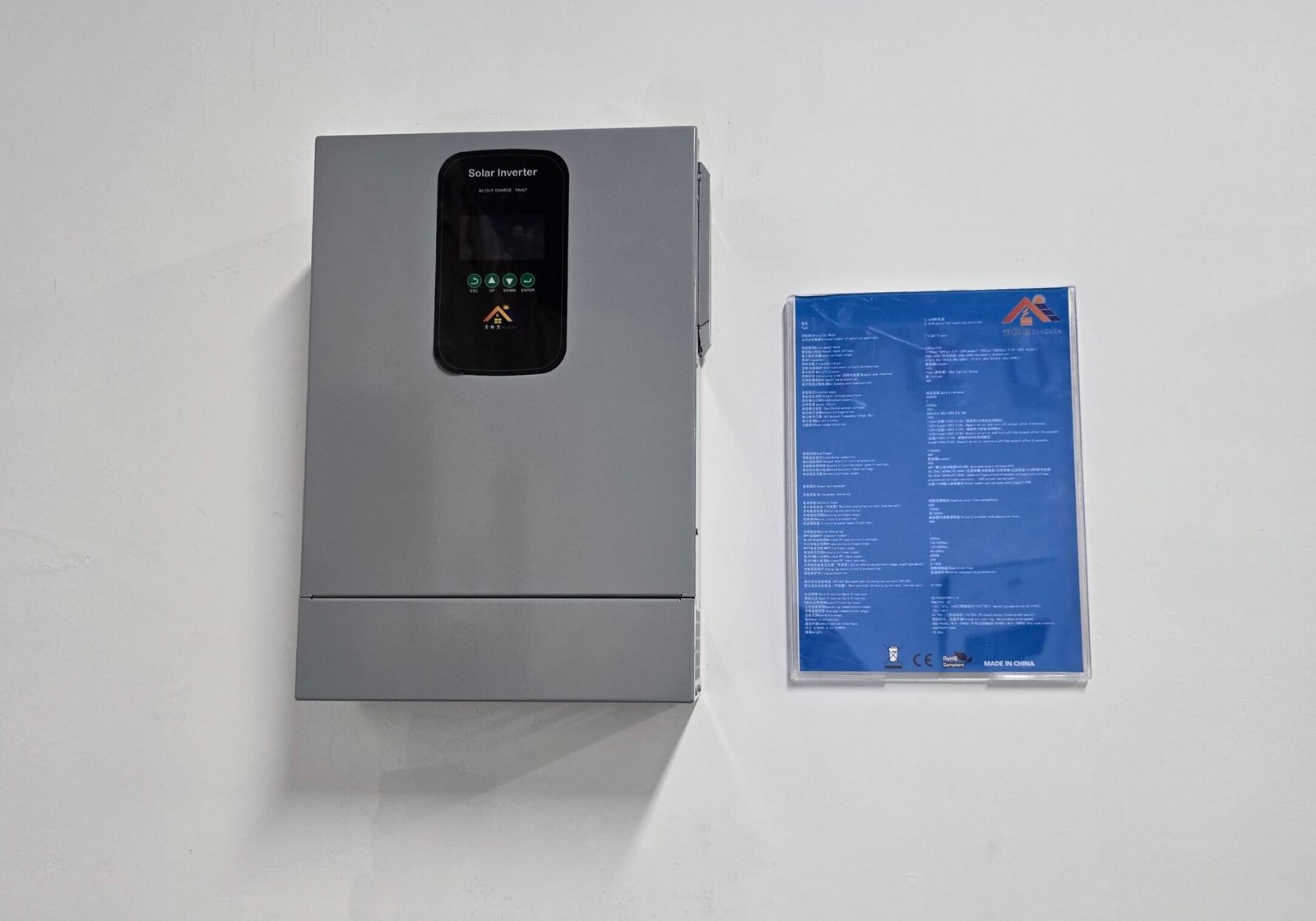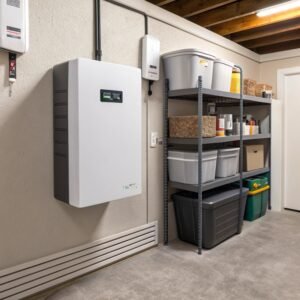What fails in a solar inverter?
by
What fails in a solar inverter?
Your solar system suddenly stops working - could the inverter be the culprit? Understanding common inverter failures helps you diagnose issues faster and prevent costly downtime.
Solar inverters commonly fail due to capacitor degradation, overheating, grid voltage fluctuations, moisture damage, or component wear over time. Proper installation and maintenance can prevent 80% of these failures.
[image placeholder]
Transition Paragraph:
Now let's explore the specific factors that cause solar inverters to fail prematurely and how you can avoid them.
What drains an inverter?
Ever noticed your solar inverter consuming power even when panels aren't producing? This parasitic drain affects your system's overall efficiency.
All solar inverters have a small standby power draw (5-30W) to maintain operation. Excessive drain often indicates failing components, outdated firmware, or incorrect settings reducing your system's net output.
Common causes of excessive inverter drain:
- Older transformer-based designs (15-30W drain) vs modern transformerless (5-15W)
- Faulty DC-DC converters drawing power continuously
- Outdated firmware causing inefficient operation
- Improper sleep mode settings preventing power saving
- Failed cooling fans running constantly
Quick Fix: Check your inverter's spec sheet for expected standby consumption - anything significantly higher warrants professional inspection.
What not to do with an inverter?
Many inverter failures stem from preventable user errors. Avoid these common mistakes to extend your inverter's lifespan.
Never expose your inverter to direct sunlight, moisture, or extreme temperatures. Avoid overloading it beyond rated capacity and always use proper ventilation to prevent overheating.
Inverter handling don'ts:
| Mistake | Consequence | Prevention |
|---|---|---|
| Blocking vents | Overheating & failure | Maintain 12" clearance |
| Ignoring error codes | Cascading failures | Address warnings immediately |
| DIY repairs | Voided warranty | Use certified technicians |
| Unauthorized settings | Reduced efficiency | Follow manufacturer guidelines |
| Neglecting cleaning | Dust accumulation | Quarterly visual inspections |
Pro Tip: Install your inverter in a shaded, temperature-controlled area - ideal operating temperature is 25-40°C (77-104°F).
What kills an inverter battery?
The battery bank connected to your solar inverter often fails before the inverter itself. Recognize these battery killers to protect your investment.
Three main factors destroy inverter batteries: deep discharges below 20% capacity, chronic undercharging, and exposure to extreme temperatures. Lithium batteries tolerate these better than lead-acid.
Battery failure comparison:
| Failure Cause | Lead-Acid Impact | Lithium-Ion Impact |
|---|---|---|
| Deep discharge | 3-5 cycles kills | 50+ cycles tolerated |
| High heat | 50% lifespan reduction | 20% reduction |
| Chronic undercharge | Sulfation in weeks | Minimal damage |
| Overcharging | Immediate damage | BMS usually prevents |
| Freezing | Permanent damage | Reduced performance |
Warning Sign: If your battery bank requires frequent water top-ups (lead-acid) or shows swelling (lithium), replacement is likely needed soon.
Conclusion
Understanding inverter failure points helps maximize your solar system's uptime and return on investment through proper maintenance and operation.
You may also be interested in:




